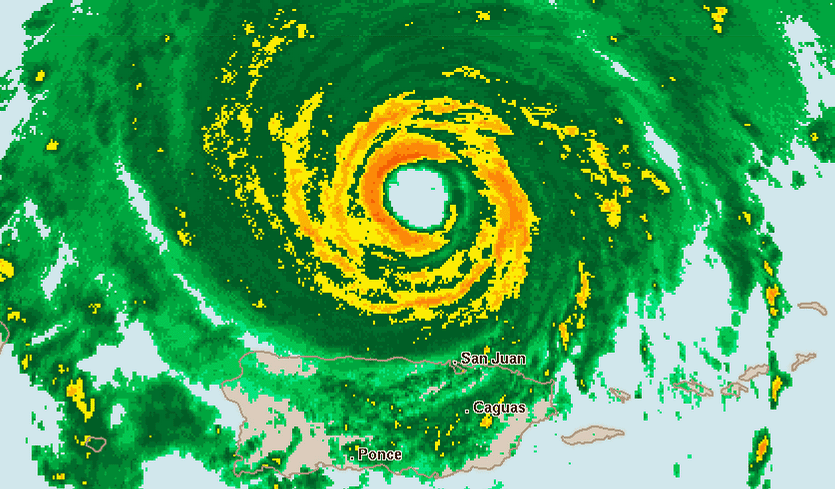
Radar image of Irma from the Puerto Rico radar at 9 pm EDT September 6, 2017.
After clobbering the Lesser Antilles islands of
Barbuda,
Saint Barthelemy,
Anguilla, and
Saint Martin/
Sint Maarten early Wednesday morning, Hurricane Irma carried its march of destruction into the British Virgin Islands on Wednesday afternoon, still packing top winds of 185 mph. As of 5 pm EDT Wednesday, Irma had spent a remarkable 1.5 days as a Category 5 hurricane, which is the 7
th longest stretch on record in the Atlantic,
according to Dr. Phil Klotzbach.
Longer-range outlook for Irma: Cuba, The Bahamas, and Southeast U.S.The 12Z Wednesday runs of our top four track models-the European, GFS, HWRF, and UKMET models-were in strikingly close agreement that Irma will continue on a west-northwest track till Saturday, then arc sharply to the north-northwest. All four model runs placed the center of Irma within roughly 50 miles of Miami on Sunday morning; the latest 18Z GFS was also there. The average track error in a 4-day forecast is 175 miles, but this remarkable agreement among the models lends additional confidence to the NHC forecast track, which brings Irma over or very near southeast Florida on Sunday. All four models move Irma northward along or near Florida's east coast, with landfall in Georgia or South Carolina on Monday.

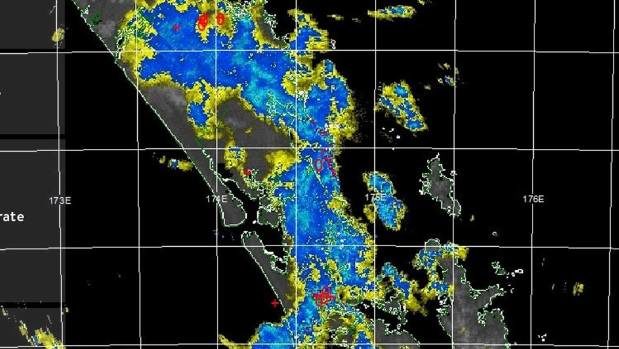
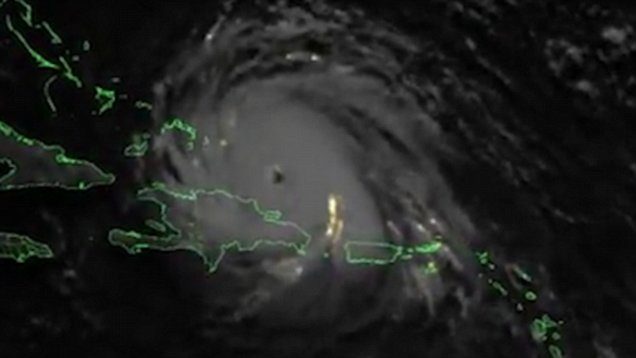
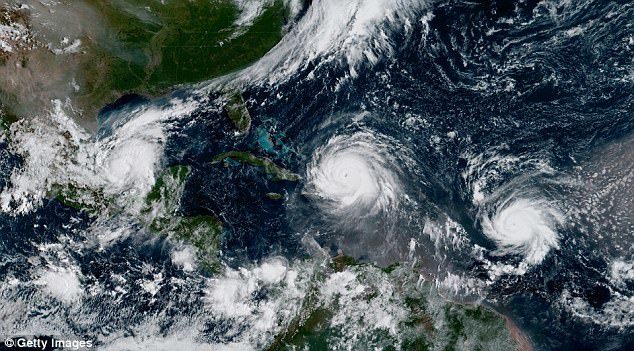
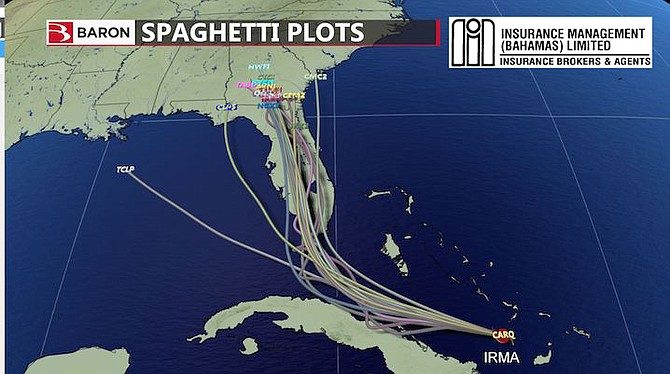
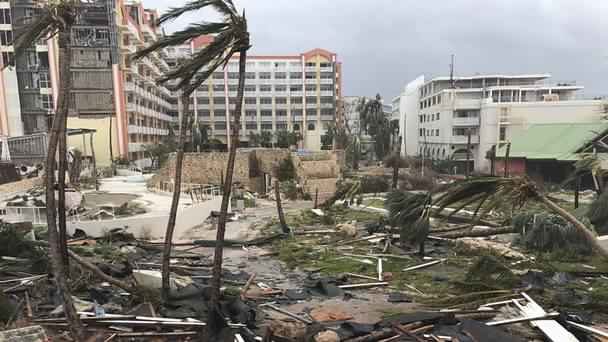
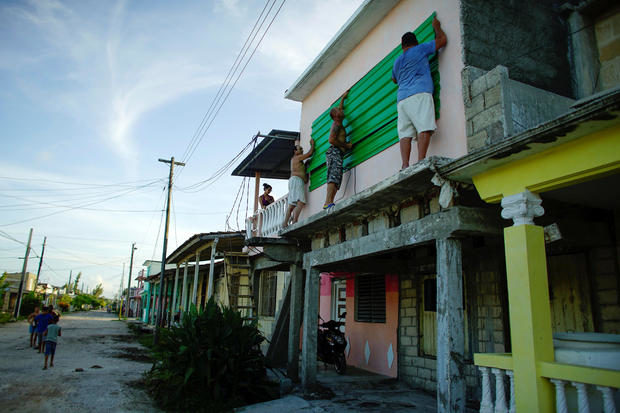
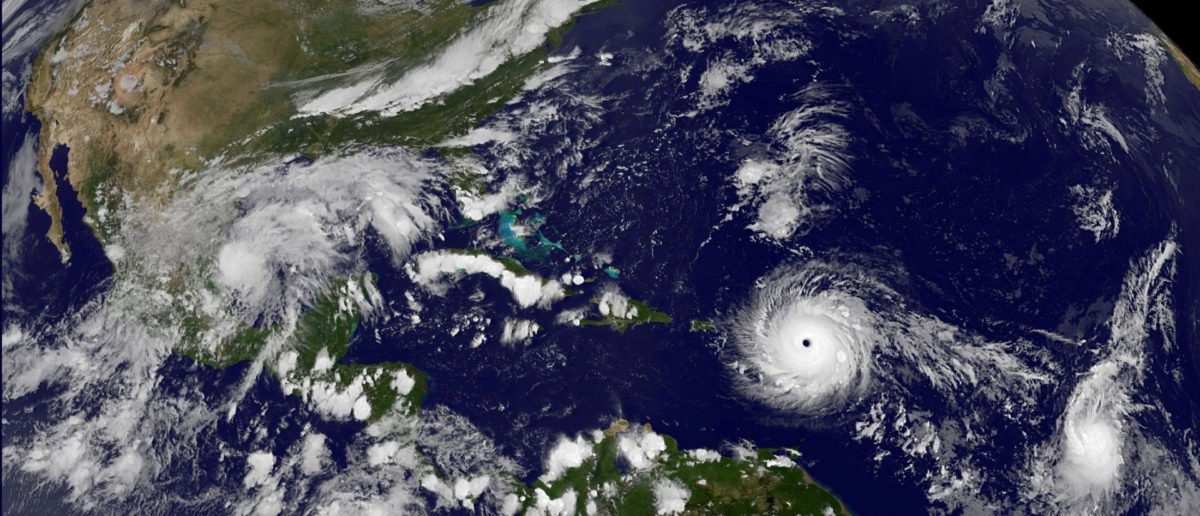

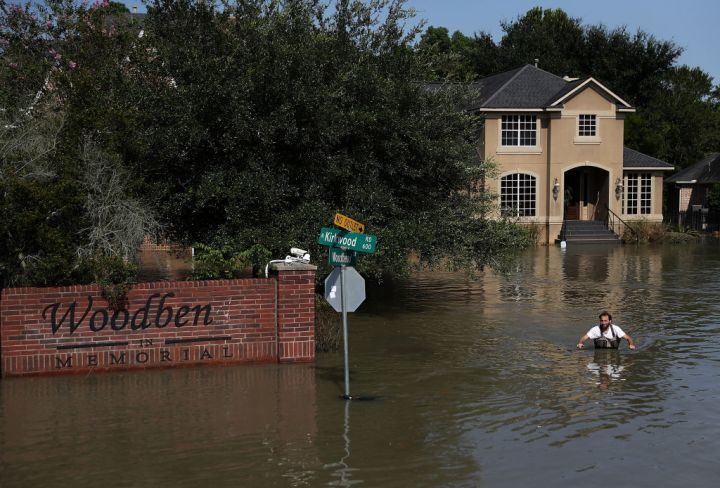



Comment: See also:
Hurricane Irma: Florida declares State of Emergency as storm upgraded to Category 5 - UPDATES
Hurricane Irma crackles with lightning in satellite video